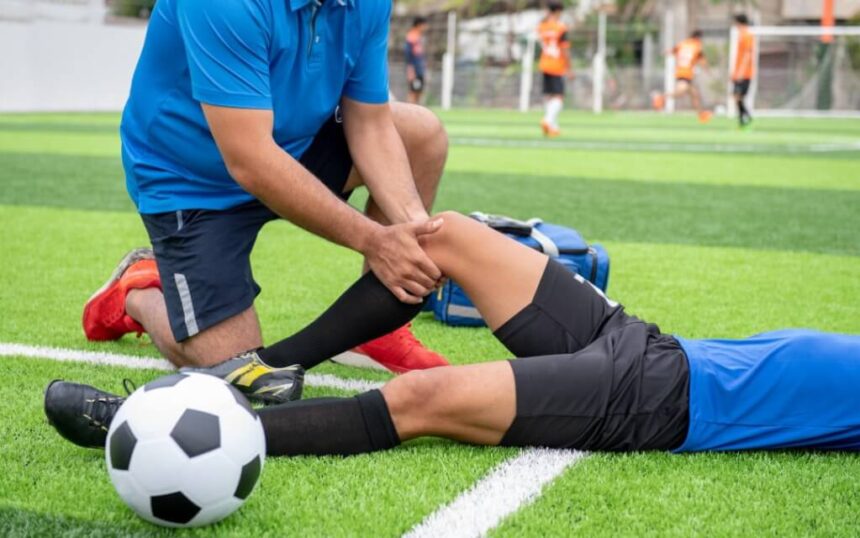Preparation plays a key role in reducing the risk of physical setbacks. Athletes and coaches who understand the mechanics of movement and the demands of training can better prevent sports injuries before they disrupt progress. From warm-ups to recovery, consistent habits make a difference in how the body responds to strain. Focused strategies help maintain strength, reduce fatigue, and limit the types of stress that lead to common athletic injuries.
Prioritizing Proper Warm-Up and Cool-Down
Starting activity with cold muscles or stiff joints increases the risk of strain. A structured warm-up that includes dynamic stretching, light aerobic movement, and sport-specific drills activates the body’s systems and prepares it for more intense effort. After training or competition, a cool-down period supports gradual recovery. Gentle movement and static stretching reduce tightness and help restore flexibility. Coaches who lead these routines set the tone for injury-conscious training environments.
Many sports injuries result from improper mechanics, particularly when athletes repeat incorrect movement patterns. Coaches who emphasize form during practice help reduce unnecessary stress on joints and soft tissue. Whether lifting, jumping, sprinting, or pivoting, movements performed with poor alignment increase the likelihood of strains, tears, or overuse conditions. Regular instruction, video analysis, and constructive feedback create opportunities to reinforce safer techniques.
Recognizing and Managing Fatigue
Fatigue reduces coordination, reaction time, and overall performance—factors that can lead to poor form and injury. Monitoring for signs of mental and physical exhaustion allows coaches to adjust training intensity or volume. Athletes should be encouraged to speak up about unusual soreness, heavy limbs, or lack of focus. Incorporating rest days and active recovery sessions into a schedule supports both performance and injury prevention over time.
Using Protective Equipment Effectively
Wearing appropriate gear minimizes the risk of direct impact or repetitive stress. Helmets, braces, mouthguards, and pads are designed to absorb shock and limit movement that can lead to joint damage. Footwear selection also plays a role, especially for athletes who compete on different surfaces or who have biomechanical concerns. Coaches should regularly inspect gear for fit, wear, and function. Equipment that no longer provides adequate protection may contribute to avoidable injuries.
Injury prevention involves more than sport-specific drills. Well-rounded conditioning supports muscular balance, joint stability, and core strength—all of which reduce uneven strain during athletic movements. Cross-training, flexibility work, and resistance exercises build resilience and help athletes handle the physical demands of their sport. Strengthening surrounding muscle groups protects vulnerable areas such as the knees, ankles, and shoulders. A consistent focus on total-body fitness contributes to lower injury risk.
Small aches or changes in performance can signal early stages of overuse or strain. Athletes often push through discomfort, but doing so may lead to more serious damage. Coaches who stay alert to changes in posture, movement quality, or complaints of pain can intervene before the condition worsens. Applying ice, adjusting workload, or recommending a medical evaluation may help prevent a minor issue from becoming a long-term setback.
Prevent Sports Injuries
Trust and communication between athletes and coaches influence injury prevention efforts. When athletes feel comfortable sharing concerns or symptoms, they’re more likely to receive timely support. Coaches who model listening and take concerns seriously create a culture of accountability and care. Regular check-ins, team discussions about recovery, and individualized support foster transparency and early intervention. These relationships build the foundation for both safer performance and sustained participation.









